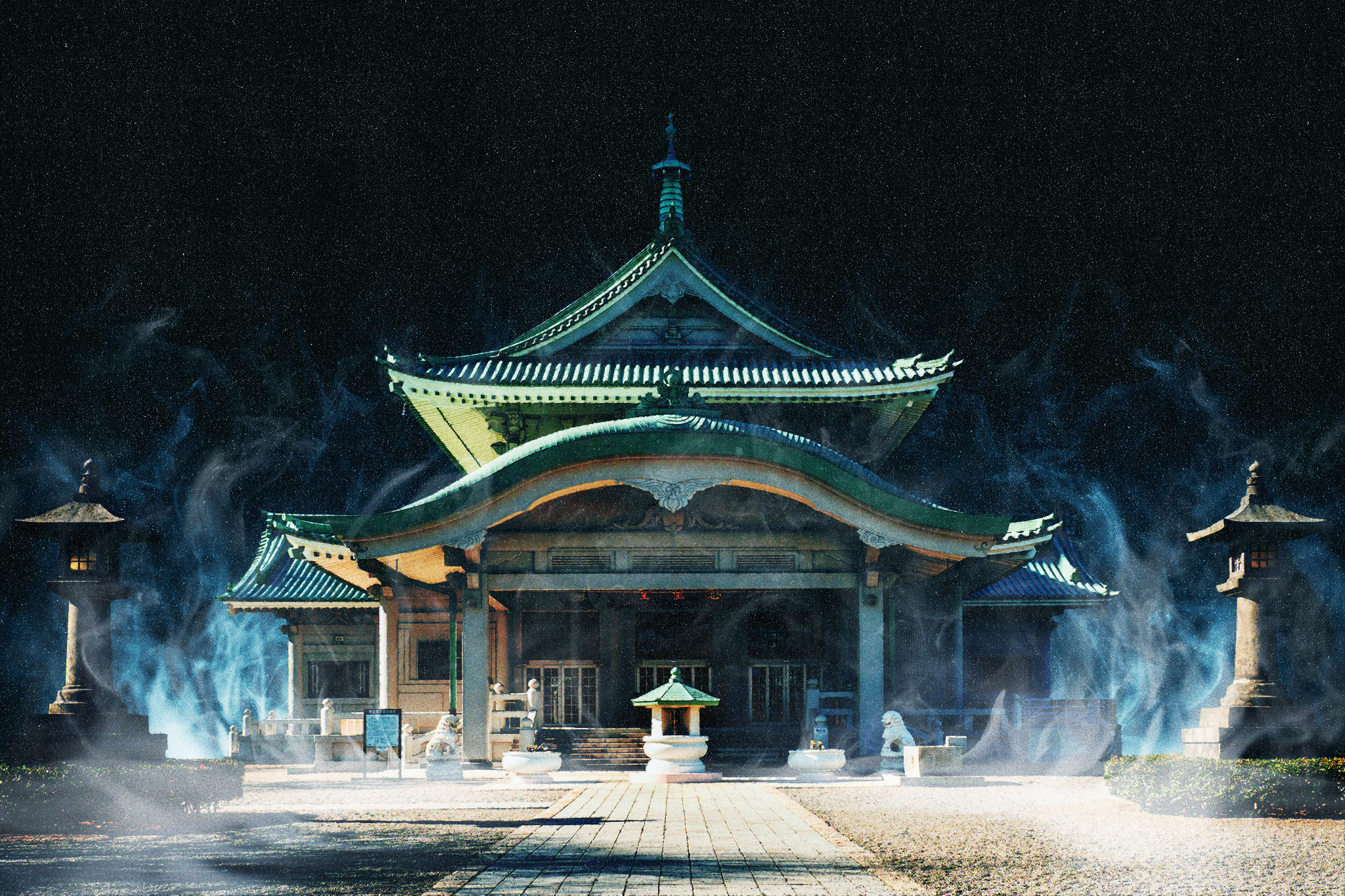Tokyo is said to have several haunted places, where people swear eerie cries cut through the night, distorted faces materialize and a blood-stained woman chases those who venture near. For our latest List of 7, we are looking at some of the most famous. We begin our tour at a brightly named skyscraper in the heart of Japan’s capital.
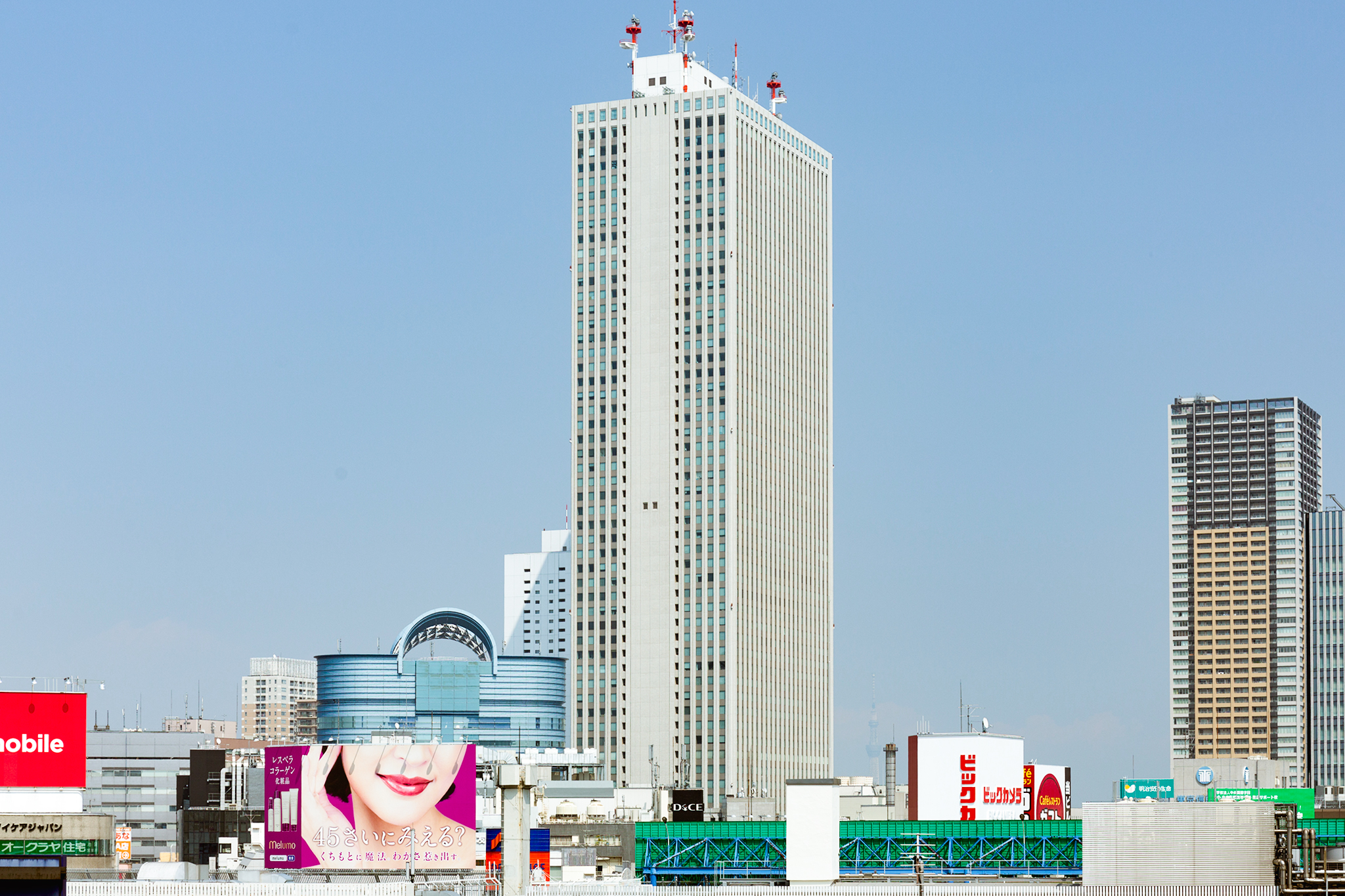
Sunshine 60
Opened in 1978, Sunshine 60 was, for a few years, the tallest building in Asia. Today, it remains one of Tokyo’s most iconic skyscrapers, housing a wide variety of shops, restaurants and a Pokémon center, as well as an aquarium and planetarium. On the surface, it’s a family-friendly building with a bright and cheery moniker — not the kind of place you would imagine being haunted. Dig a little deeper, however, and you’ll find a dark shadow lurking inside.
Sunshine 60 was built over the site of the destroyed Sugamo Prison. After World War II, more than 2,000 suspected war criminals and protected witnesses were held there. Just under 60 of those, including former Prime Minister Hideki Tojo, were executed behind the iron doors of cell No. 13. During construction of the building, workers reported seeing ghostly apparitions. Since then, visitors have claimed to have seen distorted faces and heard eerie noises in the halls.
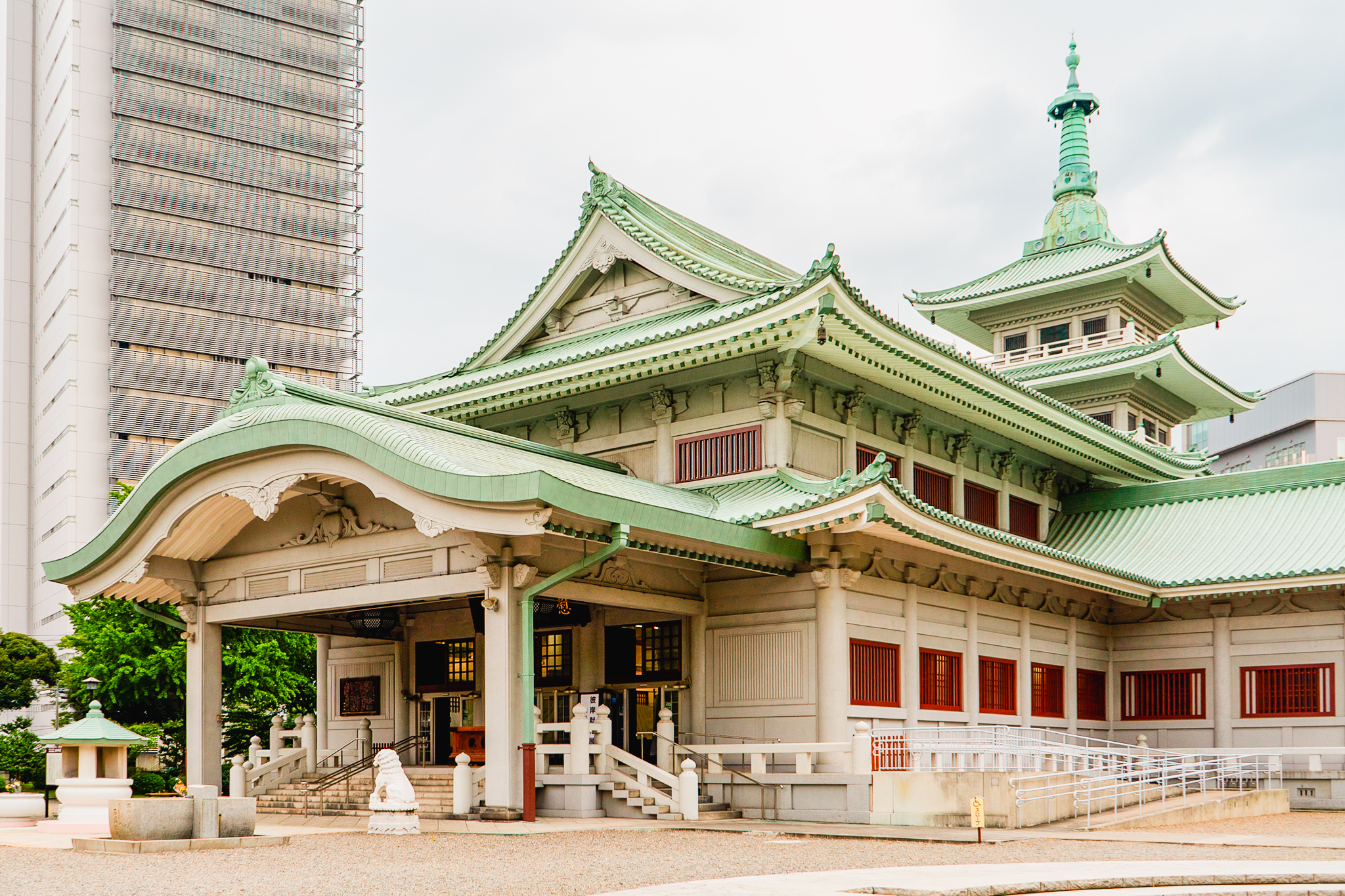
Ireido, Yokoamicho Park
A short walk from the famous Ryogoku Kokugikan National Sumo Arena is the site of one of the biggest tragedies in Japanese history. Following the Great Kanto earthquake on September 1, 1923, somewhere between 38,000 and 44,000 working-class Tokyo residents evacuated to a former army clothing depot in Yokoamicho Park. Sadly, a 90-meter “fire tornado” soon engulfed the area. Only around 300 people survived. The park then served as a crematorium for the victims.
In the early 1930s, the Chuta Ito-designed Tokyo Memorial Hall, dedicated to those who died following the devastating quake, was completed on the park grounds. Destroyed in the firebombing of Tokyo during World War II, it was reconstructed in 1951 and renamed Tokyo-to Ireido (the Tokyo Metropolitan Hall of Repose). It enshrines the deceased from the earthquake and the Great Tokyo Air Raid of 1945. People have reported hearing strange noises in the park, and some claim to have witnessed paranormal activities.
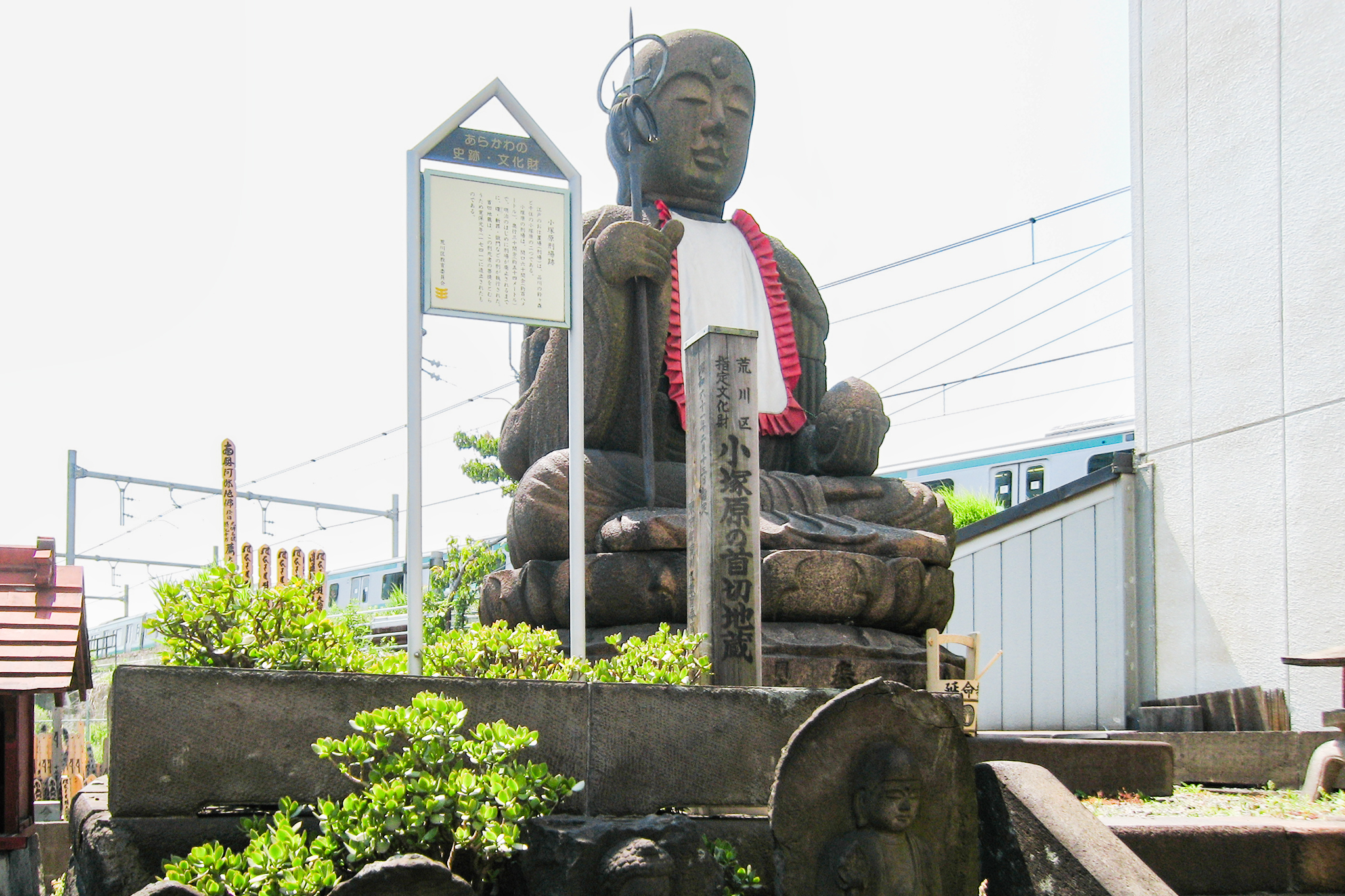
Kozukappara, Minami Senju
If you’ve ever felt a chill when riding either the Hibiya or Joban lines near Minami Senju Station, then it’s likely the train has just gone over the notorious Kozukappara execution ground. It’s said that between 1651 and 1873, around 200,000 people were killed there. Criminals were burned at the stake, crucified or beheaded. Some of the corpses were used for scientific dissections. Others were used for tameshigiri (testing the sharpness of a sword).
There were two other main execution grounds in Japan’s capital during the Edo period: Suzugamori and Denma-cho. Kozukappara was the worst managed of the three. The area was littered with bones and human flesh, as wild animals dug up the shallow graves. Today, the site is mainly taken up by Ekoin and Enmeiji temples. The latter features the Kubikiri (neck chopping) Jizo, in front of which the condemned were beheaded. Several mysterious occurrences have been reported in the area.
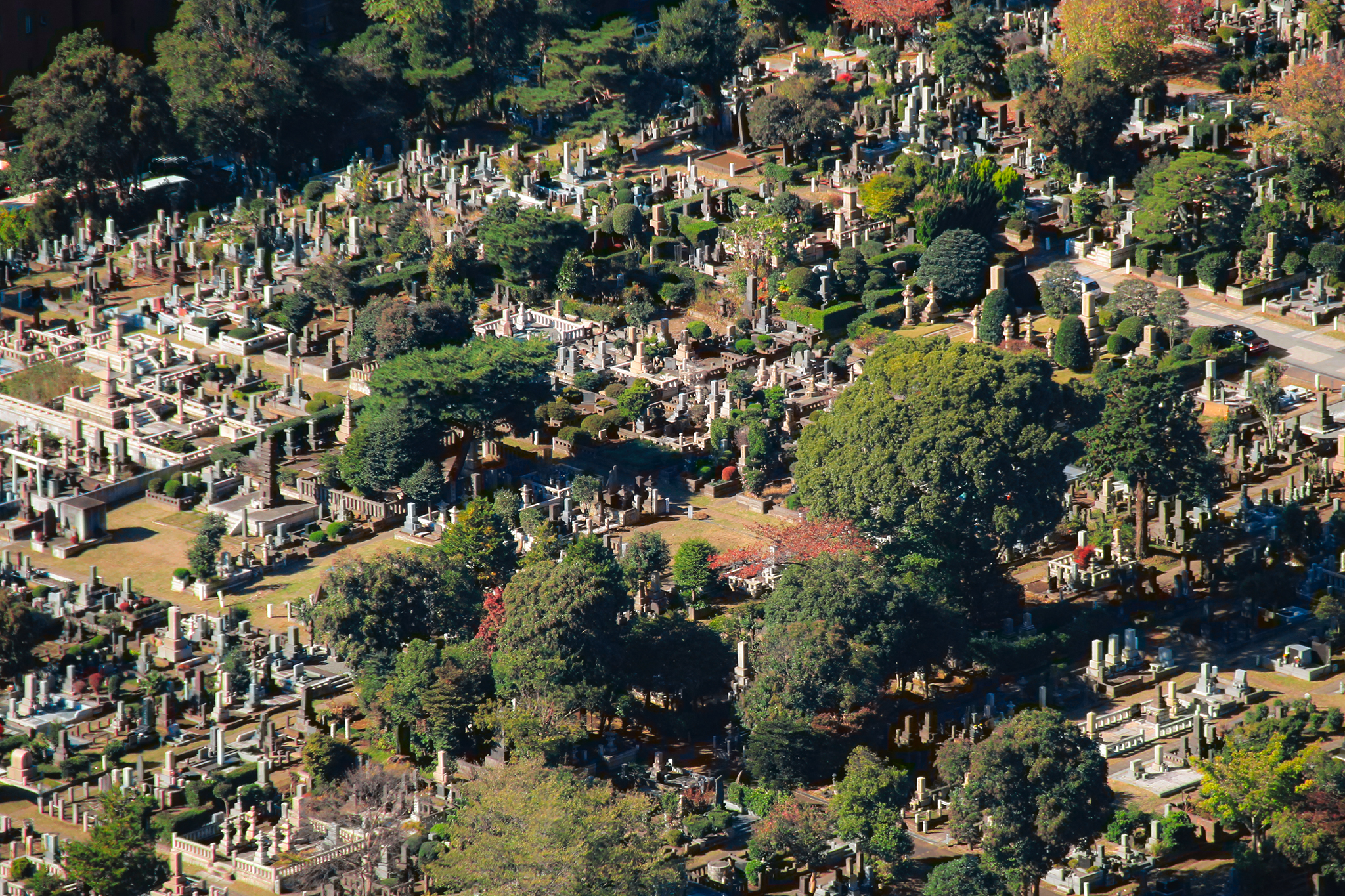
Aoyama Cemetery
One of Tokyo’s most famous urban legends comes from Aoyama Cemetery. In the story, a young woman drenched by the rain is picked up by a taxi driver. After arriving at her desired location, she tells the driver to wait and just stares out of the window. A few minutes pass before she gives him a second address. When they get to the next destination, the driver turns around and nobody is there, just a puddle.
A man comes out and gives the driver the exact fare. He explains that the passenger was his daughter, who’d been killed in a traffic accident on a rainy night years earlier. He continues, saying that though she’s buried at Aoyama Cemetery, she occasionally leaves her grave to visit her boyfriend’s apartment before heading home. Another Aoyama Cemetery-related story tells of a group of youngsters who disappeared after spending the night there for a test of courage.

Doryodo Ruins, Hachioji
Established in the mid-1870s, Doryodo Temple in Hachioji was a popular place for people to pray for good luck and a long life. At least it was until 1963. That was the year the place fell into disrepair following the brutal murder of 82-year-old Asai Toshi. In charge of maintaining the premises, she attempted to resist a robber and was killed as a result. Ten years later, the body of a missing Rikkyo University student was discovered there.
The unnamed student allegedly had an affair with her professor, Hiroshi Oba, who then murdered her when their relationship became public, before hiding her body within the temple grounds. He also killed his wife and two children before taking his own life. The ruins of the temple, which was demolished in the 1980s, can be found in the center of Otsukayama Park. Some people have said they can hear the cries of both the murdered women at night.

Hakone Yama, Toyama Park
An urban space flowing with greenery, Toyama Park is a pleasant location for a gentle daytime stroll, jog or picnic. At night, though, a more sinister atmosphere prevails within the park grounds, particularly on Hakone Yama. There have been reports of people hearing male voices violently crying and sightings of hitodama — floating balls of fire said to be the souls of the dead separating from their bodies. The unearthing of a mass grave nearby may explain why.
In 1989, hundreds of human bones were dug up near the park at the former site of the Imperial Japanese Army’s Medical College, which allegedly had ties to Unit 731, the covert biological and chemical warfare research base that reportedly used prisoners for wartime experiments, including infecting them with typhus, typhoid, cholera and other bacterial diseases. In 2006, Toyo Ishii, a former nurse, said she helped bury body parts at the site following Japan’s surrender in 1945.
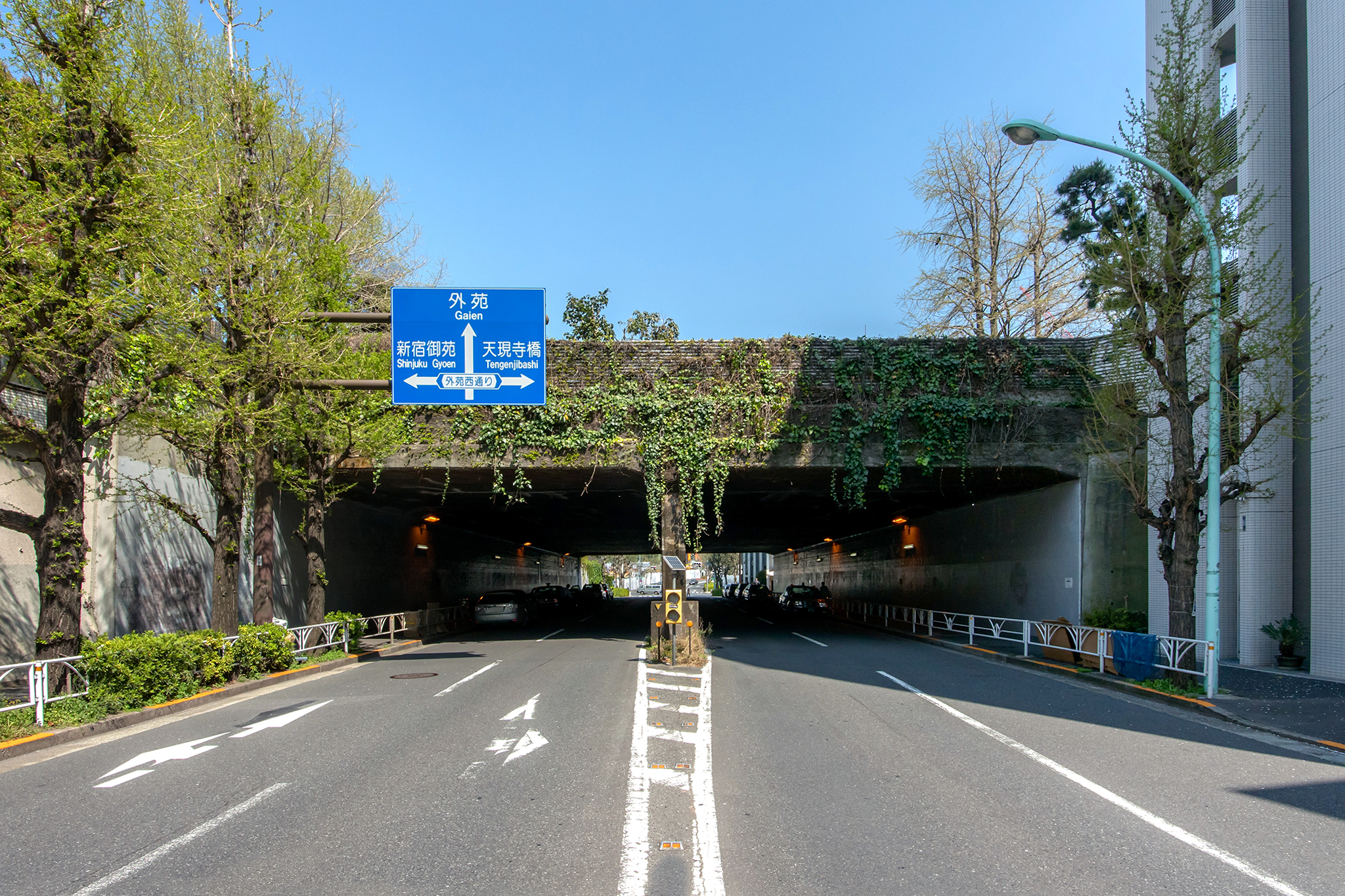
Sendagaya Tunnel and Victor Studio
Hastily built in preparation for the 1964 Tokyo Olympics, the Sendagaya Tunnel passes directly under the cemetery of Senjuin Temple. The site is reportedly haunted by a blood-stained woman with long hair. Some have claimed to have been chased by her, while others have stated that she drops down from the ceiling of the tunnel. Drivers have also reported finding mysterious hand marks on their cars and hearing loud bangs yet seeing no damage to their vehicles.
Victor Studio, at the end of the tunnel, is also said to be haunted, with ghosts having been spotted in the corridors. In 1979, singer Hiromi Iwasaki recorded the single “Mangekyo” (Kaleidoscope) there. At around the four-minute mark of the song, you can hear what sounds like a man groaning. It’s a mystery how it ended up on the track. Gen Hoshino also said he felt a presence in one of the rooms when mixing the song “I Wanna Be Your Ghost.”
More From This Series
- Ranking Japan’s Oscar-Winning Movies
- The Most Famous Living Person in Japan
- Controversial Moments on Japanese TV
Updated On May 23, 2024

